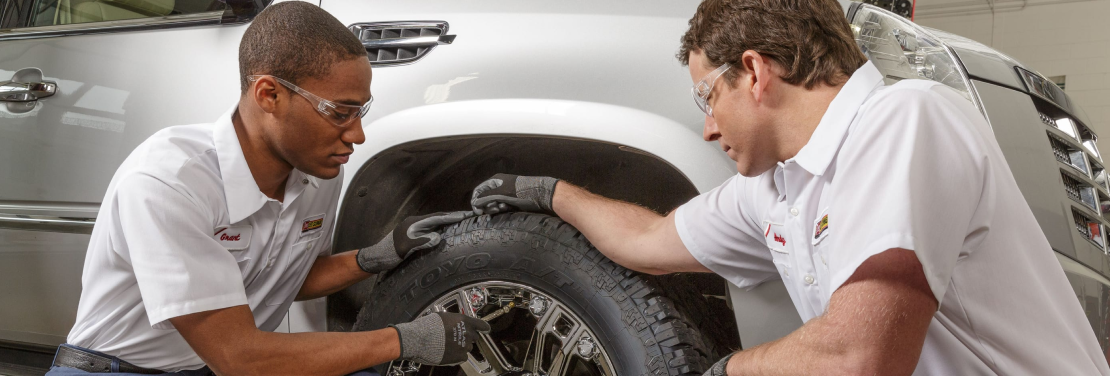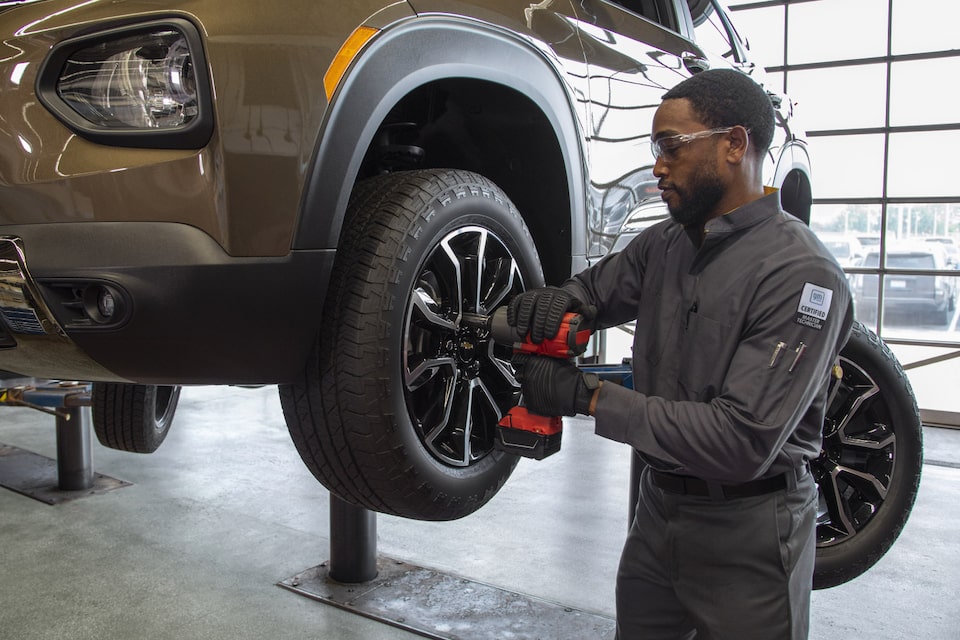Costs Tires Morris IL: Top Quality Products for All Makes and Versions
Tire Solution: The Effect of Climate Conditions
When it comes to guaranteeing optimal performance and security on the road, comprehending the impact of weather conditions on tire solution is essential. In this discussion, we will explore the detailed partnership in between climate problems and tire solution, dropping light on the significance of weather-specific tire upkeep practices and factors to consider.
Warm and Tire Performance
When exposed to heats, tires experience changes in efficiency that can dramatically affect vehicle security and handling. The warmth created from long term driving or heat conditions causes the tire rubber to soften, leading to lowered walk life and enhanced wear. As the rubber becomes softer, the tire's grasp on the road lessens, affecting braking distances and overall traction. In severe cases, excessive warmth can even create tire blowouts, posturing a severe safety and security danger to the vehicle and its passengers.
Additionally, high temperature levels can accelerate the process of tire aging, triggering the rubber to wear away more rapidly. To mitigate the effects of heat on tire performance, chauffeurs must regularly inspect their tire pressure, turn tires to guarantee also use, and check for any signs of damage.
Winter Impacts
Cold weather condition conditions can have a significant impact on tire performance and security. In cold weather, tires might additionally lose air stress a lot more quickly, which can affect managing and fuel effectiveness.
To mitigate the results of winter on tires, it is crucial to regularly check tire stress and inflate them to the producer's advised levels. Using winter months or all-season tires designed for cold climate conditions can additionally enhance grip and grip on icy or snowy roadways - discount tires morris il. Appropriate tire maintenance, including normal evaluations for wear and damages, becomes a lot more critical throughout colder months to make sure optimal performance and security
Rainy Issues Impact
During wet problems, tire performance and security can be considerably influenced by the wet roadway surface areas and lowered visibility. The tread pattern of tires plays a crucial role in keeping grip on wet roads. Tires with damaged footsteps are a lot more prone to hydroplaning, where a layer of water develops between the tire and the road surface area, causing loss of traction. To battle this, motorists must on a regular basis examine their tires for adequate step depth and take into consideration buying tires specifically made for wet conditions.

Snow and Tire Safety
When driving in snowy conditions, having the ideal tires can make a significant difference in security and efficiency. Winter months tires are designed with special rubber substances and tread patterns to offer much better grip on snow and ice contrasted to all-season tires.
Along with using wintertime tires, it is critical to guarantee they are effectively blown up. Winter can create tire stress to go down, affecting grip and handling (discount tires morris il). Routinely checking and keeping the proper tire stress is necessary for optimum efficiency in snowy conditions

Weather-Related Tire Maintenance
When confronted with various climate problems, correct tire maintenance becomes an important aspect of automobile safety and performance. Weather-related tire maintenance includes a series of practices focused on making certain optimal tire function and durability in various weather scenarios. One crucial facet of weather-related tire maintenance is tire pressure guideline. Rising and fall temperatures can trigger tire stress to differ, impacting traction and fuel efficiency. Regularly inspecting and changing tire pressure according to supplier recommendations is vital for risk-free driving in changing weather. Furthermore, tire walk deepness plays a substantial duty in dealing with different weather aspects. Tires with ample step deepness give far better grasp on wet or icy roads, decreasing the danger of hydroplaning or skidding. Evaluating tire step regularly and changing tires when step wear gets to a particular deepness is important for preserving traction and stability in negative climate. By prioritizing weather-related tire upkeep, vehicle drivers can improve security, improve automobile performance, and prolong the lifespan of their tires.
Verdict
To conclude, climate condition have a considerable effect on tire efficiency and safety. From warm affecting tire pressure and put on to winter decreasing grip, it is vital to take into consideration the weather condition when preserving and using tires. Rainy conditions can lower grip and cause hydroplaning, while snow can increase the risk of crashes if tires are not appropriately furnished. Weather-related tire maintenance is critical in making sure optimal performance and safety and security on the roads.
In this conversation, we will certainly explore the intricate relationship between weather condition problems and tire solution, losing light on the relevance of weather-specific tire upkeep techniques and factors to consider.
